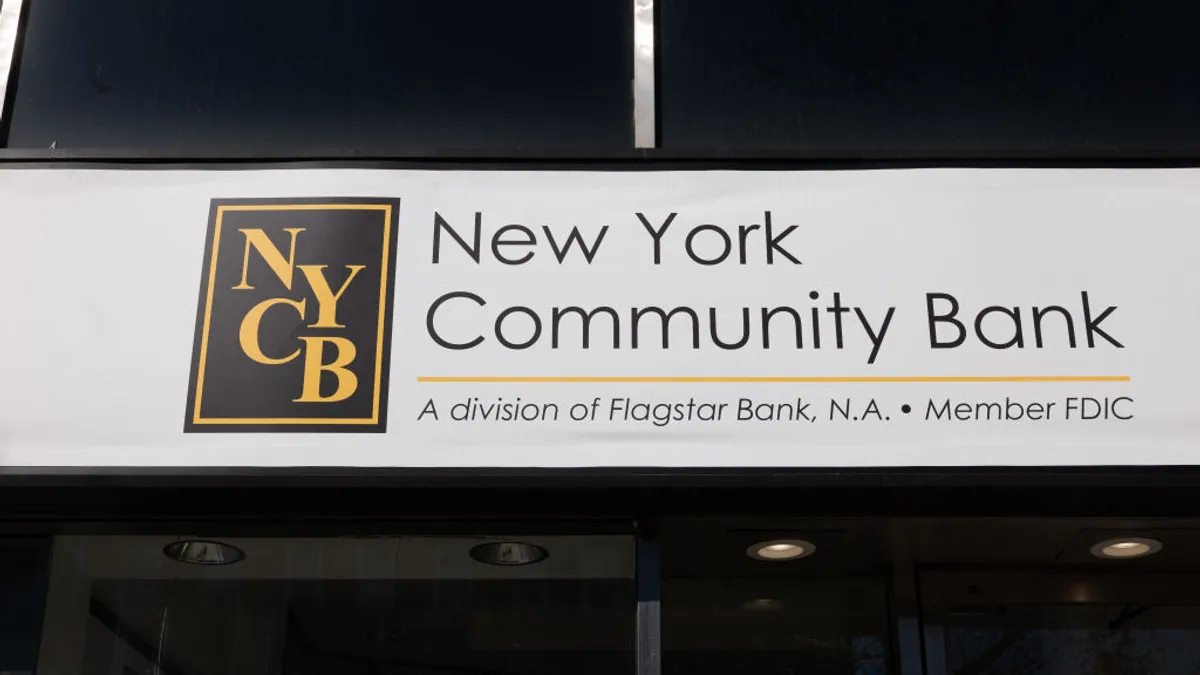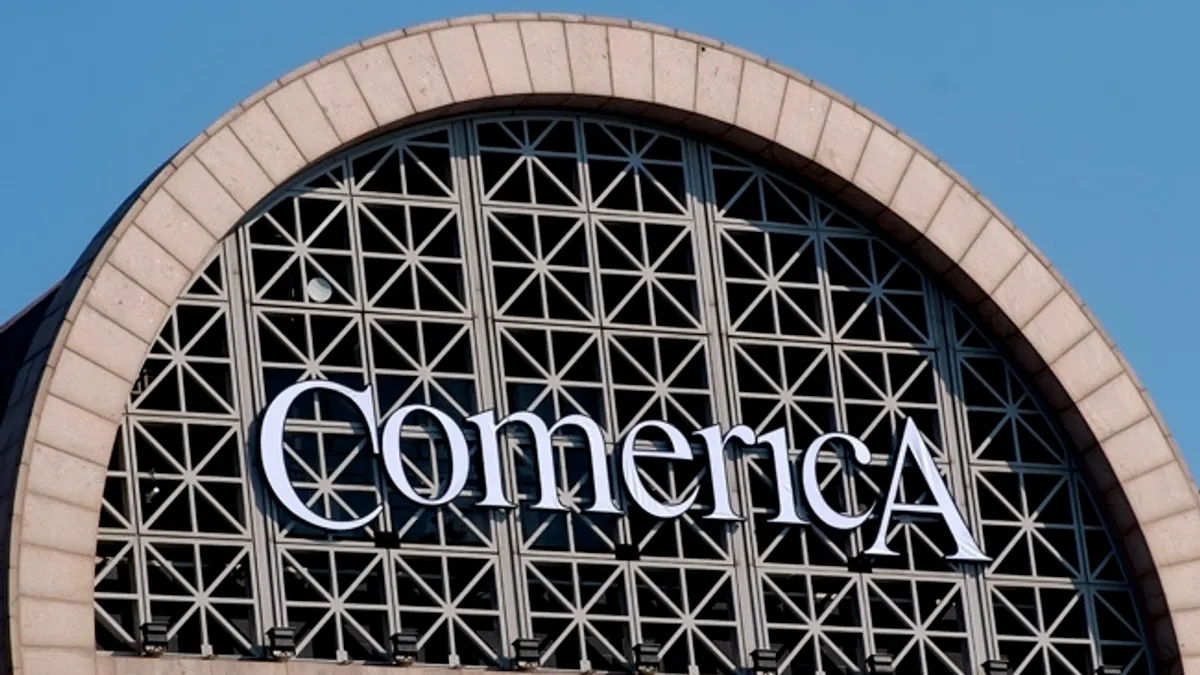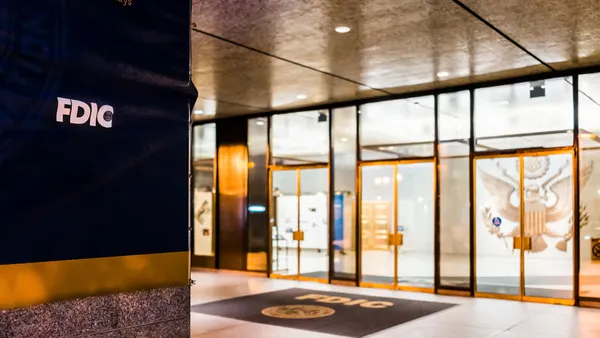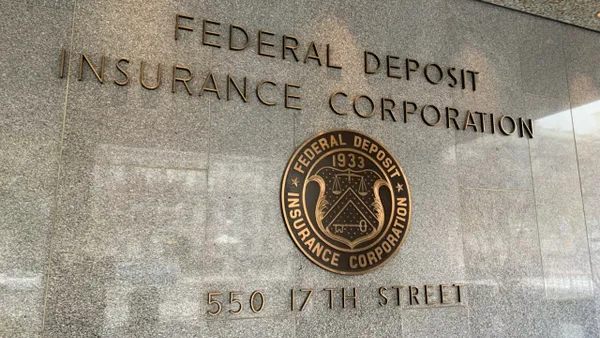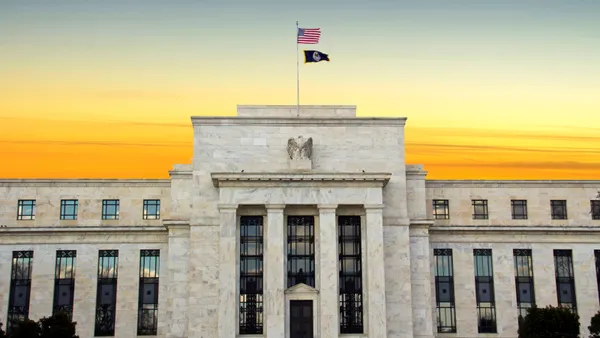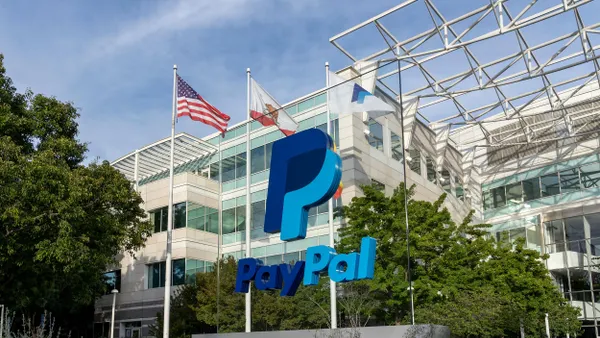Flagstar wants to dissolve its holding company, the bank said Thursday, marking the second major structural change to its regulatory mandate in little more than three years.
By merging the holding company into its bank and making Flagstar Bank the surviving entity, the Hicksville, New York-based lender would cut the Federal Reserve out of supervision but keep the Office of the Comptroller of the Currency as its primary regulator.
The move is estimated to save $15 million in annual costs, according to a slide presentation from the bank.
Additionally, it would “streamline various functions across the organization, and eliminate redundant corporate activities and duplicative supervision and regulation,” Flagstar CEO Joseph Otting said Friday in a statement accompanying the bank’s second-quarter earnings report.
On that front, Flagstar counted a $70 million loss for the three months between April and June. That’s $30 million less than it lost in the first quarter and $253 million less than it shed in 2024’s second quarter.
Otting cited growth in commercial and industrial banking, where Flagstar funded $1.2 billion in new loans, a 57% quarterly jump.
Flagstar added 47 bankers and credit employees during the quarter, and planned to bring on another 40 to 50 during the second half of the year, Otting said. That’s in line with estimates Otting outlined in April.
"We also made further headway on reducing the level of our multifamily and commercial real estate exposure, due to record par payoffs of $1.5 billion,” he said. “This is a primary reason why our total CRE balances are down 5% compared to the first quarter and 16% since the end of 2023.”
Otting said the bank reduced its “criticized” assets by 9%, or $1.3 billion, quarter over quarter and 15% ($2.2 billion) throughout 2025’s first half.
As for the holding company dissolution, such a move would not require a charter change – though Flagstar, in the recent past, has shown it’s not against going that far.
The bank in 2022 switched to a national banking charter from a state one to gain regulatory approval for the deal that combined Flagstar and New York Community Bank. The charter change, at the time, was seen as a maneuver to avoid needing sign-off from the Federal Deposit Insurance Corp. The bank, however, justified the change as “appropriate” because the OCC has regulated Flagstar’s national mortgage banking business for years prior.
Flagstar said it expects Thursday’s move to be finalized by the end of the year, but it needs regulatory and shareholder approval. The bank aims to file a proxy statement with the Securities and Exchange Commission next month and to hold a shareholder meeting in October.
Bank holding companies are necessary for banks that are engaged in nonbanking activities.
"But if you don't want to engage in non-banking activities, if that's not your business plan, the rationale is a lot less," H. Rodgin Cohen, senior chair at law firm Sullivan & Cromwell, told American Banker.
Bao Nguyen, Flagstar's general counsel, said the bank isn't interested in doing nonbanking business.
"We're focused on recalibrating our regulatory relationships,” Nguyen told American Banker. “To be simple in our structure, to have less duplication and less regulation, that's all constructive for us."
Otting indicated in April that the bank’s executives were targeting profitability by the fourth quarter. Flagstar is aiming to shed $600 million in operating expenses this year. That includes closing 60 retail branches, about 20 private-client retail locations, and a couple of operating centers.
Flagstar is not the first major lender to dispatch with its holding company. Salt Lake City-based Zions Bank’s holding company merged into its national bank subsidiary in 2017. Bank OZK did the same, also in 2017. And in a 2021 deal, Cadence Bank’s holding company merged into Bancorp South but then took the Cadence name.


